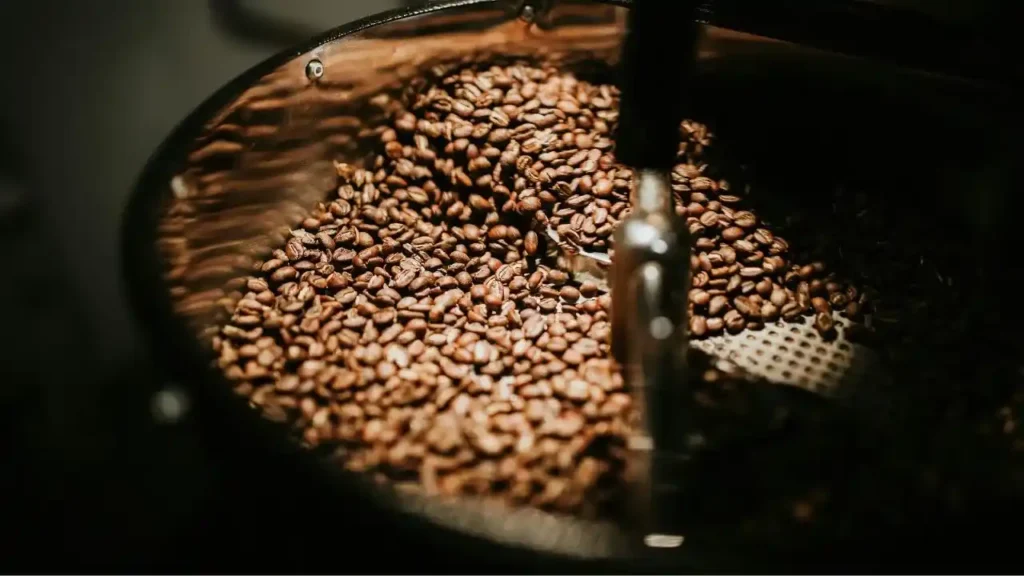The pour-over coffee technique is celebrated for its ability to highlight the intricate flavors and aromas of high-quality coffee beans. This manual brewing method offers a hands-on approach to coffee-making, allowing you to control every aspect of the brewing process. With its emphasis on precision and technique, pour-over coffee can elevate your coffee experience to new heights. In this guide, we’ll explore the pour-over method, its benefits, and tips to perfect your technique.
What is Pour-Over Coffee?
Definition and Process
Pour-over coffee involves manually pouring hot water over coffee grounds in a filter, allowing the coffee to drip through into a carafe or mug. This method is known for its ability to produce a clean, flavorful cup by extracting the coffee’s full range of flavors. Here’s a basic overview of the pour-over process:
- Setup: Place a filter in the pour-over cone and rinse it with hot water to remove any paper taste and preheat the cone.
- Coffee Grounds: Add coarsely ground coffee to the filter. The grind size should be consistent for optimal extraction.
- Pouring: Pour hot water over the coffee grounds in a circular motion, ensuring even saturation. Allow the coffee to bloom for a few seconds before continuing to pour.
- Dripping: Let the coffee drip through the filter and into the carafe or mug.
- Serving: Once the brewing is complete, remove the filter and grounds, and serve the coffee.
Types of Pour-Over Equipment
- Hario V60: A popular pour-over device with a cone shape and spiral ridges, known for its ability to produce a clean and well-balanced cup.
- Chemex: A stylish pour-over system with a thick paper filter that produces a smooth, crisp coffee.
- Kalita Wave: Features a flat-bottomed design and multiple small holes for even extraction and a balanced flavor.
Benefits of Pour-Over Coffee
1. Precision and Control
Pour-over brewing allows you to control every aspect of the process, including water temperature, pouring rate, and brewing time. This precision enables you to customize the flavor profile to suit your preferences.
2. Clean and Flavorful Coffee
The pour-over method extracts the coffee’s delicate flavors and aromas, resulting in a clean and nuanced cup. The use of a paper filter helps remove unwanted oils and fines, contributing to a smooth and crisp taste.
3. Highlighting Coffee Origins
Pour-over coffee is ideal for showcasing the unique characteristics of single-origin beans. The method’s ability to highlight subtle flavor notes makes it a favorite among coffee enthusiasts and connoisseurs.
4. Manual Involvement
The hands-on nature of pour-over brewing adds a sense of ritual and satisfaction to the coffee-making process. It allows you to engage fully with your coffee and appreciate its complexity.
Tips for Mastering the Pour-Over Technique
1. Use Fresh Coffee Beans
Start with freshly roasted coffee beans for the best flavor. Grind them just before brewing to preserve their freshness and aromatic qualities.
2. Choose the Right Grind Size
For pour-over coffee, use a medium-coarse grind. The grind should be similar to sea salt—coarse enough to prevent over-extraction but fine enough to allow proper water flow.
3. Measure Your Coffee and Water
Use the right coffee-to-water ratio for a balanced cup. A common ratio is 1 to 2 tablespoons of coffee per 6 ounces of water. Adjust based on your taste preferences and the strength you desire.
4. Control Water Temperature
The ideal water temperature for pour-over coffee is between 195°F and 205°F (90°C to 96°C). Water that is too hot can extract bitter compounds, while water that is too cool may result in under-extraction.
5. Pouring Technique
Pour in a slow, circular motion to ensure even saturation of the coffee grounds. Start with a small amount of water to bloom the coffee (allowing gases to escape) and then continue pouring until you reach the desired amount.
6. Timing
Monitor the brewing time to ensure proper extraction. A typical pour-over brew takes about 2.5 to 4 minutes. Adjust the grind size and pouring technique if your brew time is significantly longer or shorter.
Common Pour-Over Mistakes to Avoid
1. Incorrect Grind Size
Using the wrong grind size can lead to over-extraction or under-extraction. Stick to a medium-coarse grind for optimal results.
2. Uneven Pouring
Pouring unevenly can result in inconsistent extraction. Aim for a steady, circular pouring motion to ensure all coffee grounds are evenly saturated.
3. Not Pre-Wetting the Filter
Skipping the pre-wet step can introduce a paper taste and affect the coffee’s flavor. Always rinse the filter with hot water before brewing.
4. Using Old Coffee Beans
Stale coffee beans can lead to flat or dull flavors. Use fresh beans for the best taste and aroma.
Conclusion
Mastering the pour-over coffee technique offers a rewarding and engaging coffee-making experience. With its focus on precision and control, pour-over brewing allows you to create a clean, flavorful cup that highlights the unique qualities of your coffee beans. At BrewClan Coffee, we offer a selection of premium coffee beans perfect for pour-over brewing. Explore our offerings and elevate your coffee experience with the art of pour-over coffee.



